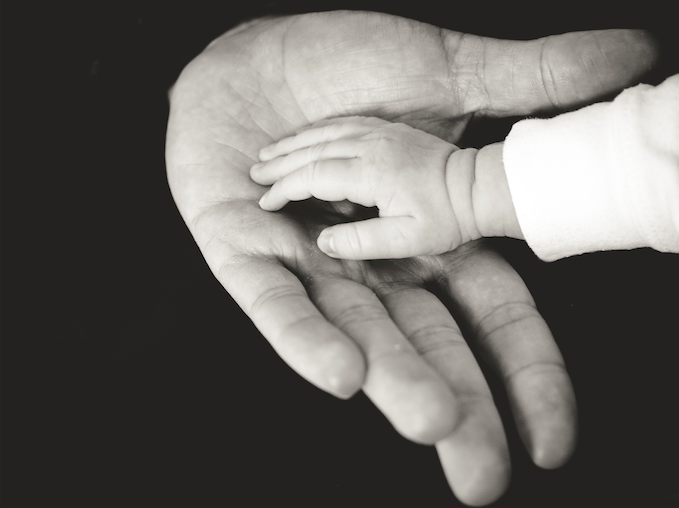
He felt remorseful sitting on the couch at the clinic. He was blaming himself all the one hour he sat there. His loss of communication with his dearest daughter had pushed him into depression.
She spoke to him, smiled at him. But he did not feel her affection and admiration for him as he felt two years ago. Something was missing. She withheld her emotions from him. She was not available to him to speak over phone for days together. And her talks with him were full of gibe. He sought help from counselor on improving his relationship with his daughter and to come out of depression. During their sessions, he realised that his daughter had learnt to indirectly communicate her dissatisfaction from his communication style. And the tears never stopped.
Withholding emotions upon a tiff, sarcasm, silent treatment, hostility, compliments laden with criticism are considered as passive-aggressive forms of communication. The person communicates his or her anger, disagreement indirectly using the above mentioned behaviours affecting the relationship between two persons.
Effects
A child growing up with parents with passive-aggressive forms of communication are likely to learn similar behaviour. Also a child growing up in an environment where expression emotions directly are not encouraged is likely to develop this form of communique because of fear and shame.
Children with passive-aggressive parents are more likely to develop similar form of behaviour which in turn affects their relationships. They are said to have difficulty in forming close friendships and intimate relationships; often withdrawing in times of tiff, which upsets others and leads to distancing. The parent-child relationship is affected creating rippling effect of insecurity and loss of sense of belongingness due to ambiguity in communication.
At workplace, passive-aggressive communication is said to generate and spiral negativity creating an unhealthy environment.
Tips for healthy communication
Here are a few tips for the parents on how to communicate with your children for healthy behaviour leading to healthy relationships.
- Encourage your child to feel anger, sadness (various emotions) and validate it.
- Listen when your child expresses emotions.
- Build the child’s repertoire of expression of emotions through teaching on different and safe ways of expressing (sober words, taking time to feel anger and then gathering thoughts on expressing anger, writing it out and reading it etc.).
- Be a model of communicating your emotions and thoughts for the child to follow suit.
- Avoid sarcasm.
- If you cannot respond in an assertive way at that time, tell the child that you are upset or angry and will communicate after sometime. Do communicate when you feel calmer.
Open communication with repertoire of different ways of healthy communication will go a long way in building healthy behaviour and thus relationships, be it personal or professional.
